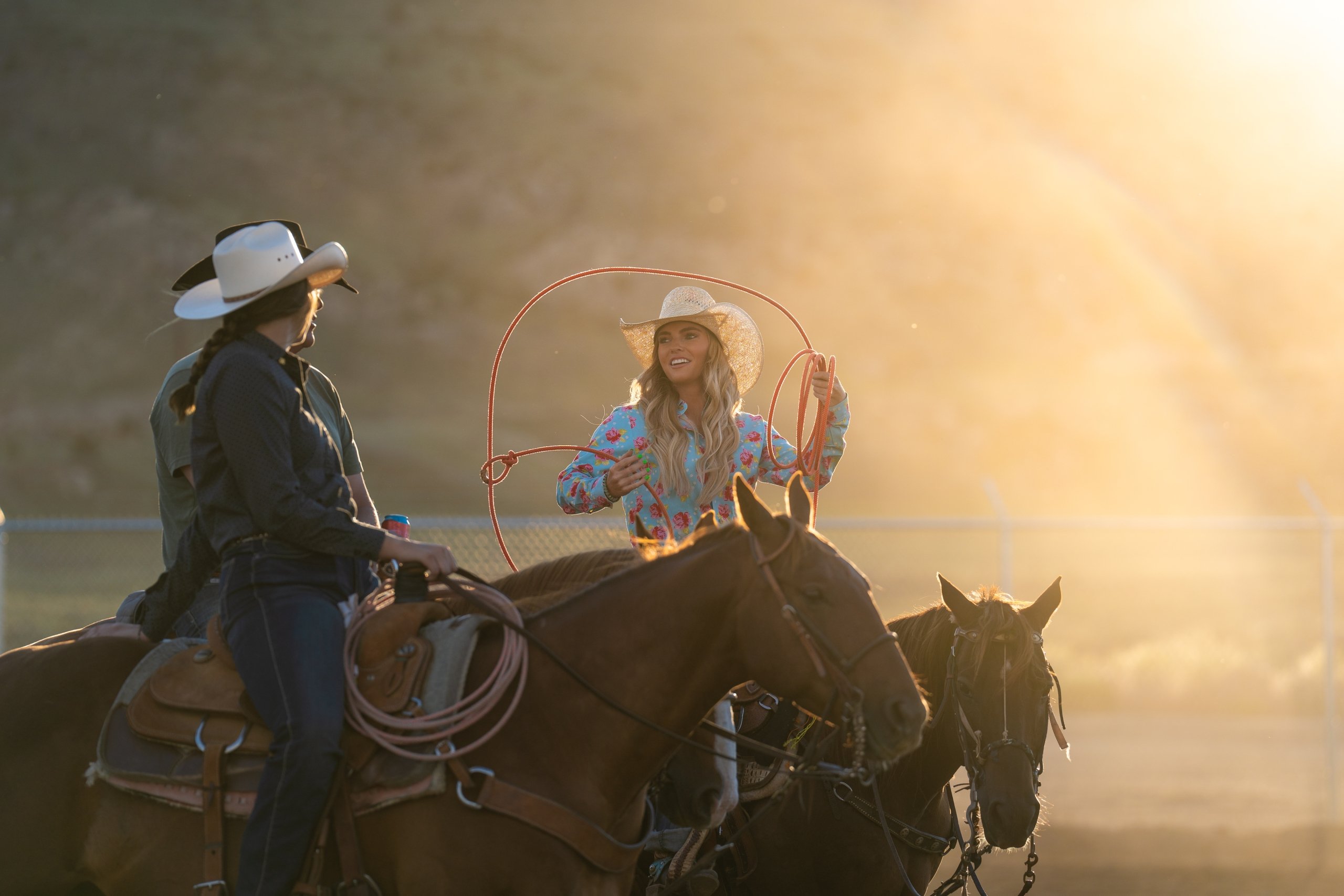November 12, 2025
October 8, 2025
The East Gate to Yellowstone National Park, 52 miles west of downtown Cody, is now open. Park officials recently announced that travelers entering from the East can explore the entire Lower Loop of the Grand Loop Road. And even with most services, including lodges and restaurants, in the park still closed, there are plenty of things for day-trippers to do. Here’s a plan for a full-day adventure. Get a good night’s sleep before you go. It’s going to be a long, fun, eventful day.
Best Time to Visit Yellowstone
Yellowstone National Park has very distinctive seasons, from cold winters to pleasantly warm summers. Each season in Yellowstone is unique and special. However, travelers will find some advantages and disadvantages of visiting Yellowstone in each season.
Spring in Yellowstone runs from April until May. This is a transitional period and probably the most unpredictable time to visit the area. During a typical winter, the park gets several inches of snow, which means that the spring is characteristically muddy as the snow melts away. There’s also still a chance of snow during these months, so be prepared and flexible for any eventualities. Late May is when most roads, lodges, and seasonal businesses open.
Yellowstone in the summer is the most popular time for tourists to visit. The summer season in Yellowstone starts in June and ends in late August. All roads in Yellowstone are open in June, July, and August, but make sure to check the park’s safety precautions before you get on the road, as there might be road closures for maintenance or other eventualities.
If you want to experience Yellowstone without the usual crowds, September and October are your best times to visit. Autumn in the park is one of the best times to visit the area. The weather is still mild, the roads and accommodations are still open and more affordable, and the number of people is lower. Plus, you’ll experience the change of leaves in a beautiful setting. The only shortcoming of the fall season in Yellowstone is that it tends to be short-lived, and before you know it, winter has made its way. Plan for a late September or early October getaway to avoid any early winter weather.
November to March is winter in Yellowstone National Park. While it can be a challenging season to travel, the park does become a winter wonderland unlike anywhere else in the United States, and it’s worth the visit for those brave enough to face the cold temperatures! Because of the intense amounts of snow the park receives during the winter months, only small parts of Yellowstone are accessible by car, the North and the Northeast entrances of Yellowstone are the only entrance open to cars during this time, so make sure to plan and pack accordingly.
What to Know Before You go
- Check what’s open: Depending on the season you visit, some service stations, restrooms, roads, lodges, accommodations and restaurants might be closed. Make sure to plan and map out your route accordingly.
- Pack with purpose: Visit a Cody grocery store and stock up on water, picnic food, and hygiene items. Pack a bag with a first aid kit, binoculars, extra layers of clothing, blankets, a flashlight, and phone charging cords.
- Review the park’s safety precautions: Know the rules for safe wildlife watching. Stay on boardwalks, drive responsibly, and be ready for road closures and sudden traffic stops.
- Download apps to enhance the experience: TravelStorysGPS features an audio tour of the drive from Cody to Yellowstone. AR AlpineGuide identifies mountains. The Yellowstone National Park app features interactive maps, geyser eruptions, and road closure alerts.














